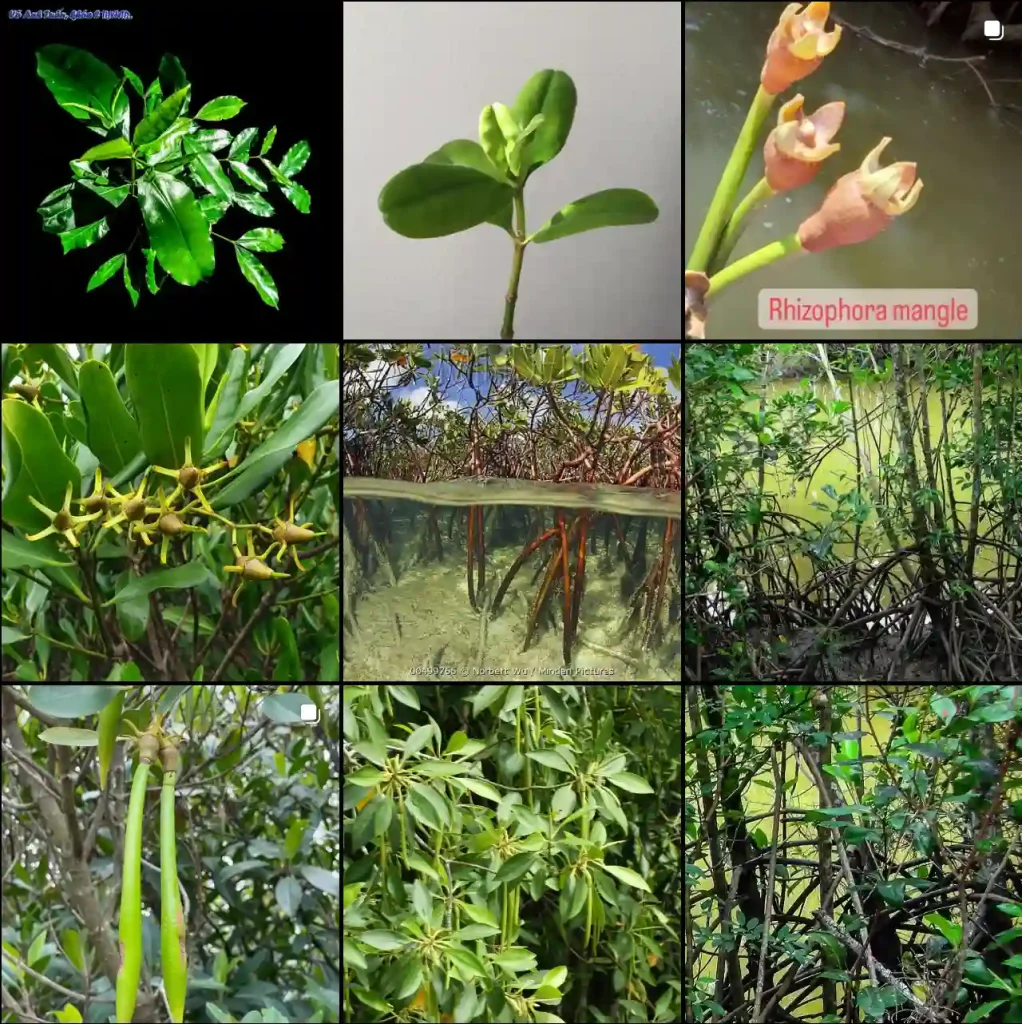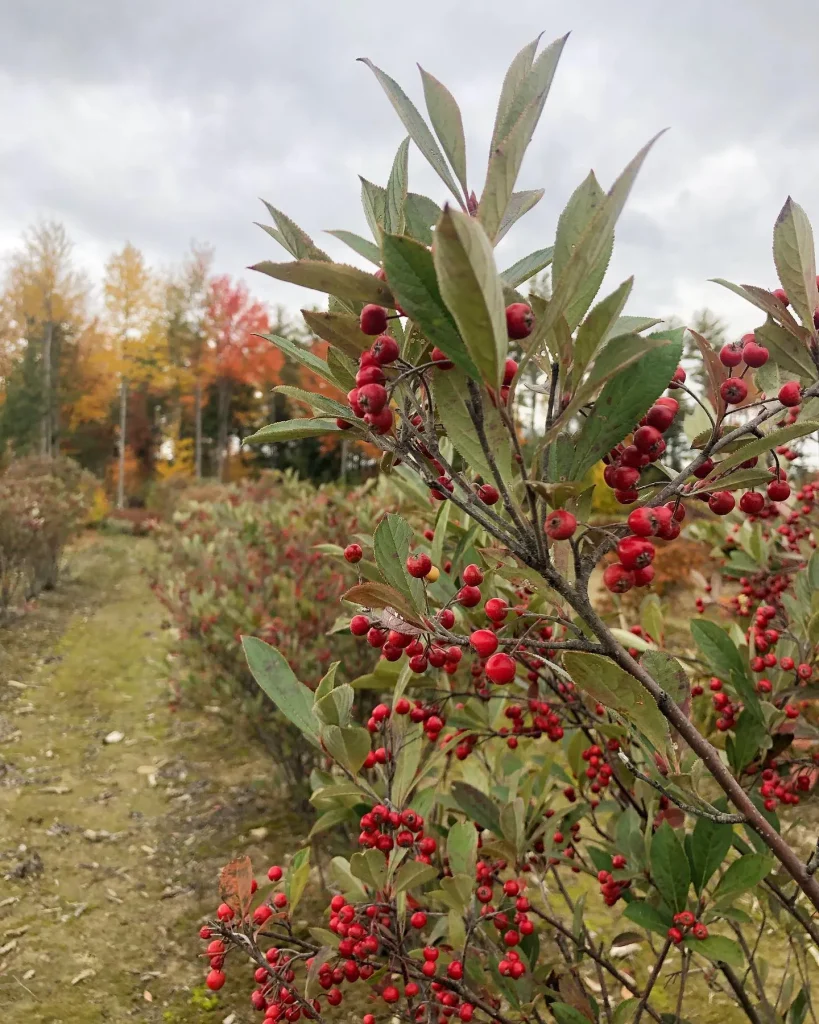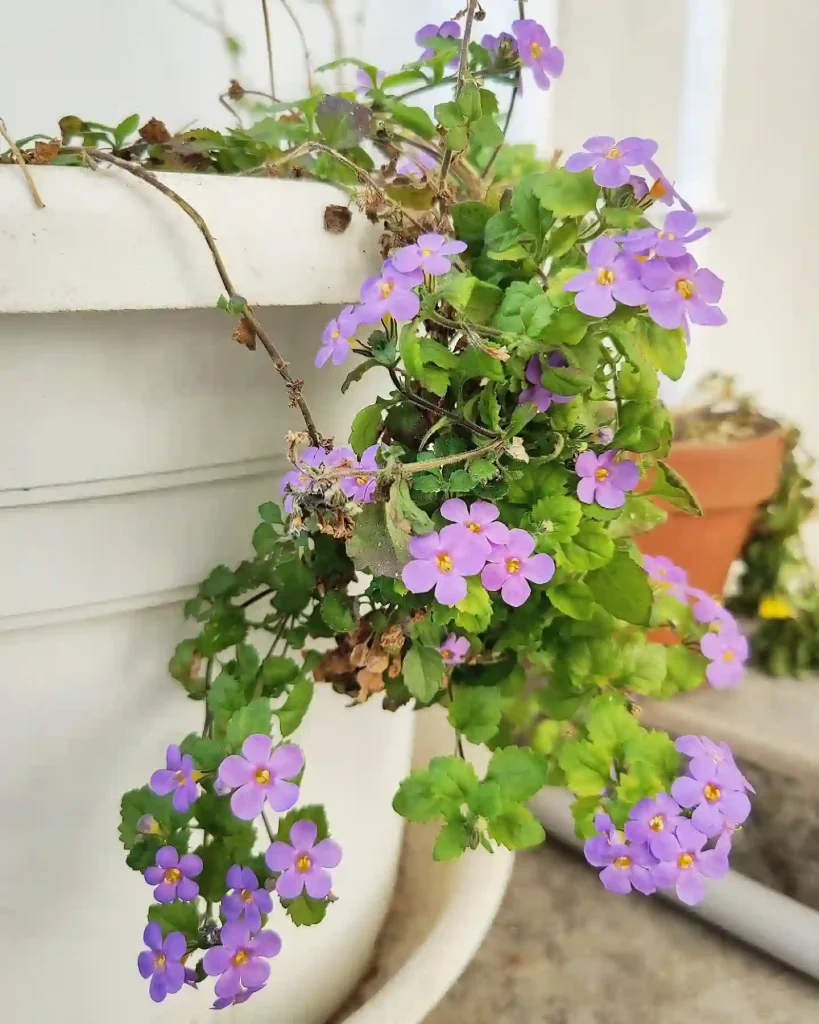Exploring the Tetrameristaceae Family
As a plant enthusiast, I’m always fascinated by the diversity found within various plant families. One that has recently captured my attention is the Tetrameristaceae family. This lesser-known family consists of unique genera: Pelliciera, Pentamerista, and Tetramerista. Each of these offers distinctive features and adaptations that intrigue any botanist or plant lover.
Understanding Tetrameristaceae
The Tetrameristaceae family is relatively small but important. It primarily includes tropical trees and shrubs. What I find particularly interesting about this family is its adaptability to various ecological niches, primarily in tropical rainforests. The plants in this family showcase a range of growth forms, from small shrubs to large trees. This diversity allows them to thrive in different light and soil conditions, making them resilient components of their ecosystems.
The Genera of Tetrameristaceae
Pelliciera
Pelliciera is one of the notable genera within the Tetrameristaceae family. These trees are often found in mangrove ecosystems, particularly in Central and South America. I have always admired the way Pelliciera can tolerate high salinity levels, a characteristic that enables it to flourish in coastal environments. The most recognized species, Pelliciera rhizophorae, stands out with its impressive size and unique bark.
The bark of Pelliciera is often thick and rugged, a feature that helps protect the tree from the harsh conditions of its coastal habitat. During my visits to mangrove areas, I’ve observed how the roots of Pelliciera form a complex network, stabilizing the soil and providing essential habitat for various marine species. This role in coastal ecosystems highlights the importance of Pelliciera not just as a tree, but as a keystone species in its environment.
Pentamerista
Next up is the genus Pentamerista, which includes several species that are primarily distributed in South America. The most famous member, Pentamerista glandulosa, is known for its unique flowers and foliage. The blossoms are not just visually striking; they also play a crucial role in attracting pollinators.
From my experience observing these plants in their natural habitat, I’ve noticed how their flowers often bloom at different times of the year, which can influence local ecosystems significantly. This staggered blooming pattern helps support various species of pollinators, which rely on these plants for food. The foliage is usually thick and leathery, a trait that reduces water loss, an adaptation beneficial in their often humid environments.
Tetramerista
Tetramerista is another fascinating genus within the family. Known for its distinct leaf structure, the plants in this genus are often found in tropical rainforests. One species, Tetramerista glabra, has particularly caught my eye. Its large, leathery leaves not only provide shelter for various insects but also contribute to the tree’s overall health by maximizing photosynthesis.
I’ve had the chance to study Tetramerista in various settings, and what strikes me is how well these plants adapt to their surroundings. Whether in dense shade or bright sunlight, they seem to find a way to thrive. The adaptability of Tetramerista plants showcases the incredible resilience of nature, which I always find inspiring.
Ecological Importance
The Tetrameristaceae family plays a significant role in its ecosystems. These plants contribute to biodiversity by providing habitat and food sources for numerous species. In mangrove ecosystems, for instance, Pelliciera acts as a crucial barrier against erosion, protecting coastal areas from the impacts of storms and rising sea levels.
Moreover, the flowers of Pentamerista attract various pollinators, which are essential for maintaining ecological balance. The diverse habitats that Tetramerista creates offer shelter and nourishment to countless organisms, enhancing overall biodiversity. Observing this interconnectedness in nature has deepened my appreciation for these plants.
Conservation and Future Prospects
Despite their ecological importance, many species within the Tetrameristaceae family face threats from habitat destruction and climate change. As I delve deeper into my studies, I’ve realized the urgency of conservation efforts. Protecting these plants is crucial not only for their survival but also for the health of the ecosystems they inhabit.
In conclusion, the Tetrameristaceae family, with its genera Pelliciera, Pentamerista, and Tetramerista, offers a captivating glimpse into the world of tropical plants. Each genus has its unique characteristics and adaptations that contribute to their ecosystems. As I continue my journey in botany, I aim to advocate for the protection of these remarkable plants, ensuring they thrive for generations to come. By understanding and appreciating the Tetrameristaceae family, we can better appreciate the complexity of our natural world.
If i die, water my plants!



